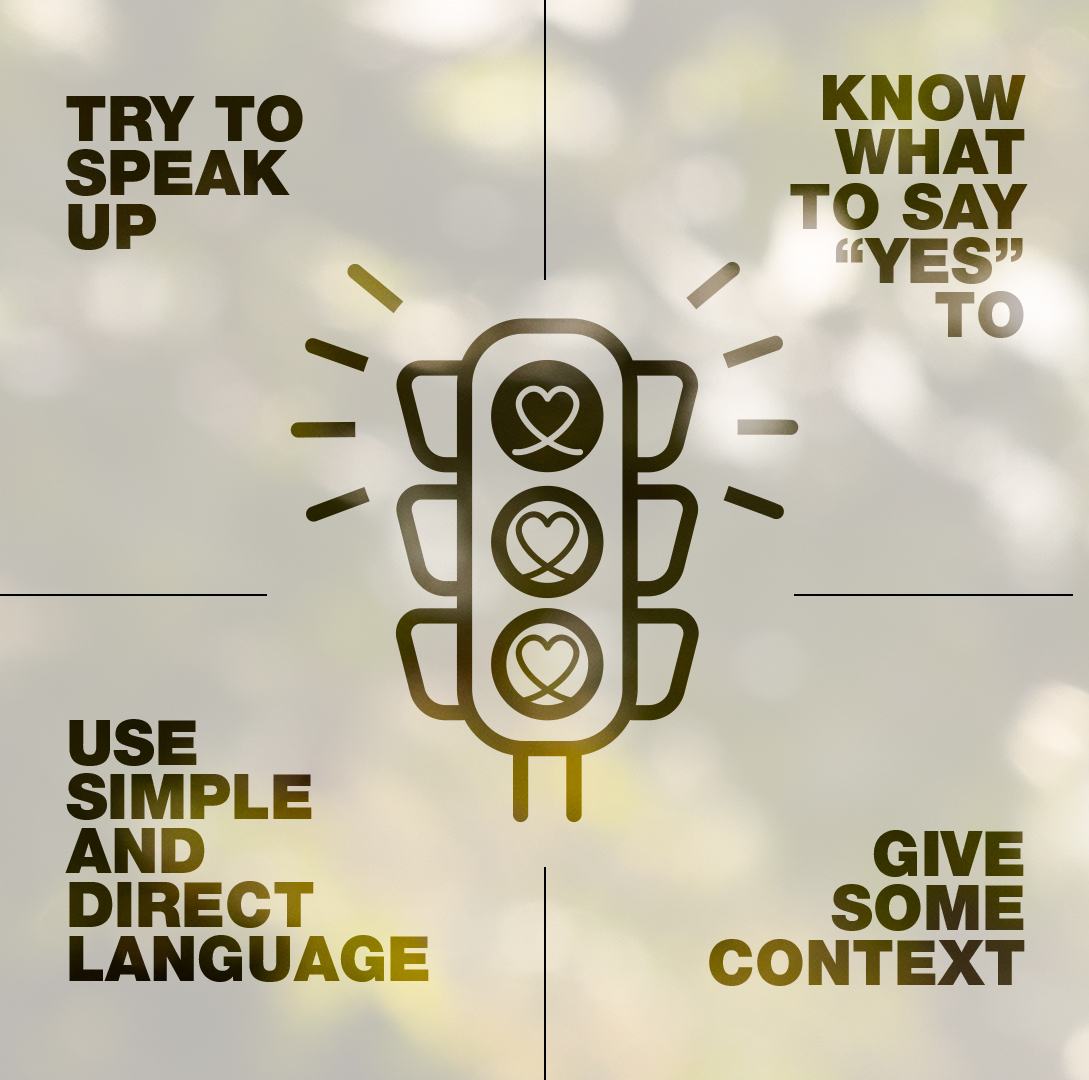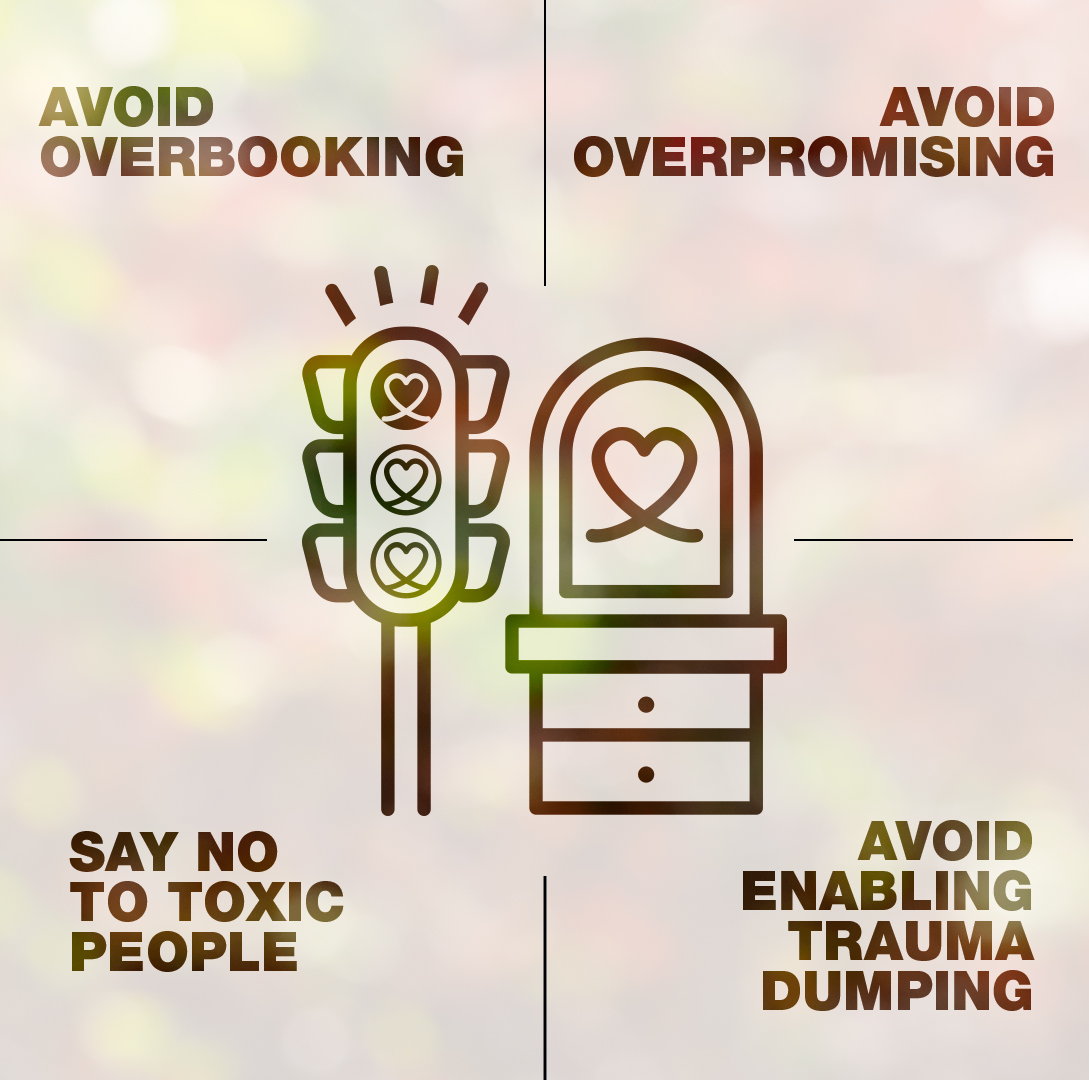Speaker 1: I take care of my mental health by saying no
Speaker 2: put up boundaries and say no
Speaker 3: saying no as a stylist it’s okay to set your boundaries
Speaker 4: always putting you as a priority
Speaker 5: yeah
Speaker 4: and understanding what what feels better for you at the time
Speaker 6: knowing that you can’t always say yes to everything
Speaker 7: balancing my personal life and my work life
Speaker 8: taking care of yourself first and being there for you
Speaker 2: and take care of yourself
Speaker 9: eat we need to take time to eat
Speaker 7: making sure I book out my lunch breaks and making sure that I eat
Speaker 10: not feeling guilty for taking a day off
Speaker 11: a day for yourself at least one day
Speaker 12: be sure to take time for yourself take time away from work
Speaker 13: I make sure I take time off
Speaker 14: take time away from being behind the chair
Speaker 15: vacation
Speaker 16: take that time off
Speaker 15: take vacation
Speaker 17: this is your reminder to take a break because you deserve it






